Why I use Himalayan Salt... “Pink Himalayan salt is often said to be
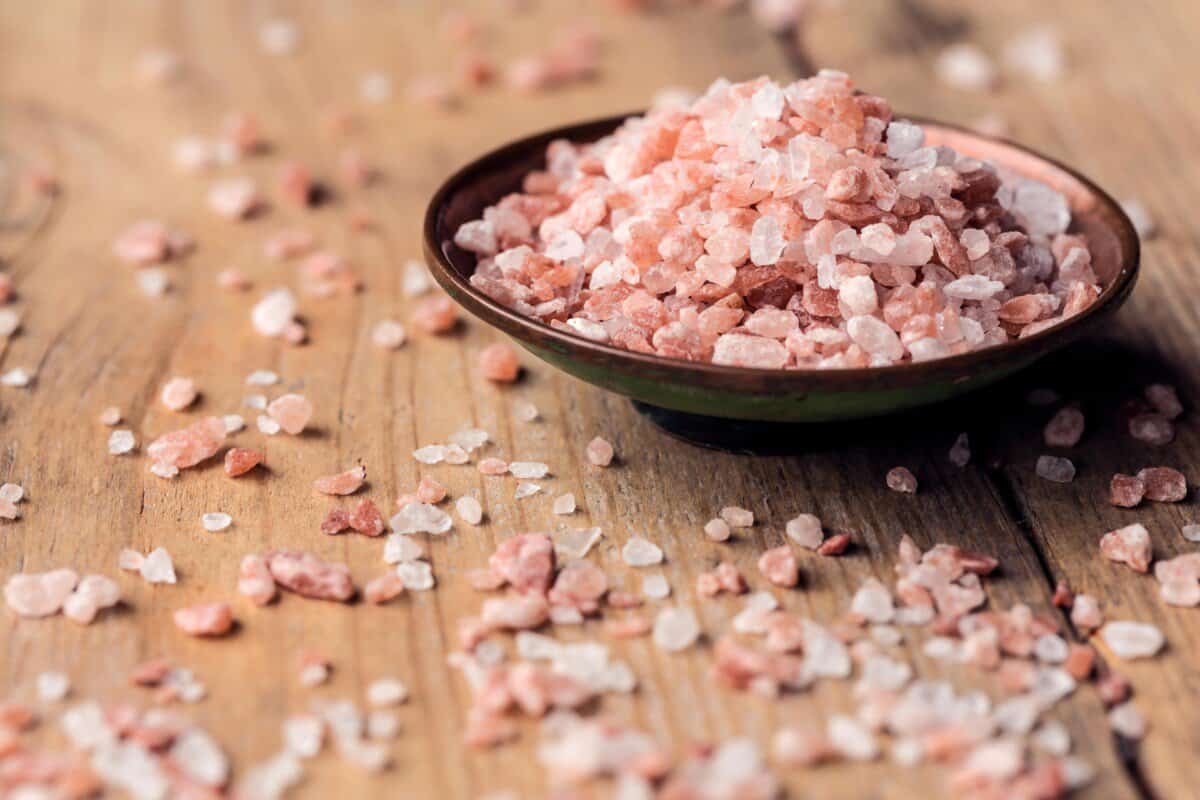
Can You Use Himalayan Salt For Canning? Homestead Crowd
Pickling salt is a refined type of, while Himalayan salt is made naturally, making it healthier and best for general use. Himalayan salts are also sweeter and subtler in taste than pickling salt. Whereas pickling salt has a stronger flavor when added to dishes. Also, before using any salt for other uses except for cooking, be sure to carry out.
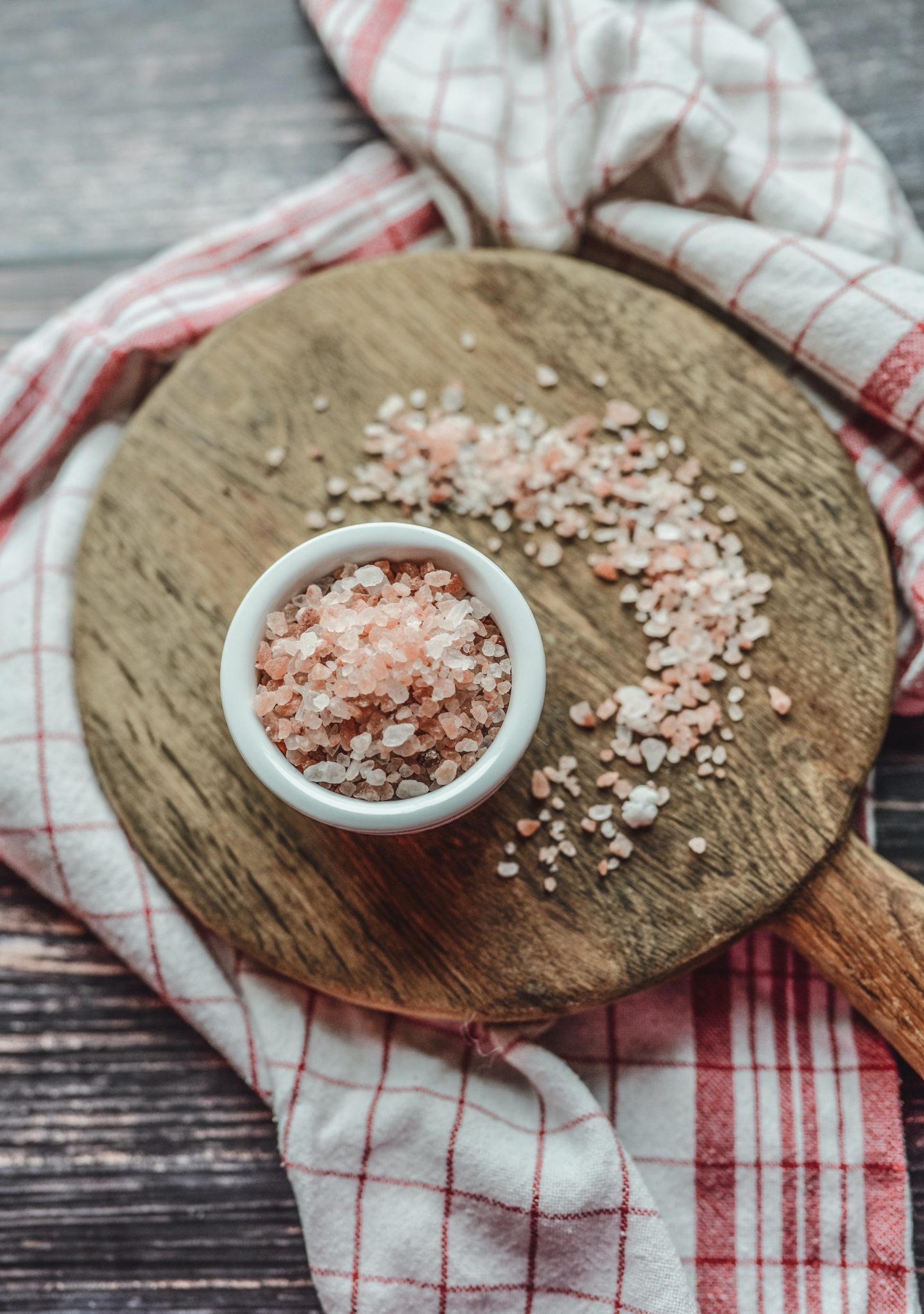
Can You Use Himalayan Salt for Baking? Morsel Recipe Sharing App
It also adds flavor and helps to preserve as it penetrates the cucumber's cells. In fermented pickles, salt becomes the essential preserving ingredient. It still helps to ensure crispy pickles and adds flavor, but crucially, it creates a stable brine that controls the speed of fermentation and lets beneficial lactic acid bacteria flourish.

Pickling Salt Vs Himalayan Salt Which Is Better?
It's 97% sodium chloride and all the trace minerals have been removed from it. Anti-caking agents are added to table salt to keep it from clumping and most contain iodine. Don't use table salt in your ferments. The chemicals and use of iodine can inhibit the fermentation process and lead to salty tasting fermented vegetables or sauerkraut.

Can I Use Himalayan Salt for Pickling?
Pickling salt is a plain salt that's designed to give you a very neutral result, without off-flavors from additives. Since it's just salt, it dissolves completely and won't cloud the brine in homemade pickles. Other types of plain salt, such as Sea Salt, Himalayan Salt, or Redmond's Real Salt, are fine substitutes, provided they only.

Pickling Salt Vs Himalayan Salt Which Is Better?
The Himalayan salt is well suited for use in making pickles and other pickling preparations. Himalayan salt is water-based and is perfect for home pickling and preparing pickles. It is found in some supermarkets as a condiment and can be purchased in a variety of colors and flavors. It is also available in powdered form in various bulk sizes.

Pickling Salt Vs. Himalayan Salt What's The Difference? By Salt
Kosher salt is heavier than pickling salt, so adjust the weight per volume when using pickling salt. 1 ½ cups of kosher salt equals 1 cup of pickling salt. Pros of Using Pickling Salt: Can be used in place of standard table salt, but beware of caking. Almost identical to kosher and sea salts. Additive-free.

Health Benefits of Himalayan Salt Creative Escapeaz
The short answer is yes, Himalayan salt can be used for pickling, but there are a few caveats to consider. When it comes to pickling, the type of salt you use can significantly impact the final product. Himalayan salt is known for its high mineral content, which can affect the brining and fermentation process.

Can I use pink Himalayan salt for pickling? YouTube
Pickling salt is a very refined salt while Himalayan salt is naturally made, so it has benefits of being a salt that is good to nature and not synthesized through so many processes by machines. Pickling salt has a strong note of flavor when added to the food while Himalayan salts are more sweet and subtler in taste.

Can I Use Himalayan Salt for Pickling?
Kosher salt is an edible, coarse salt. But kosher salt works well for pickling if it doesn't contain any anti-caking agents and is pure salt. Kosher salt also weighs around the same as pickling salt. While the grain size of kosher salt is different, it usually has a good pickling effect. Many people recommend kosher salt for fermenting.
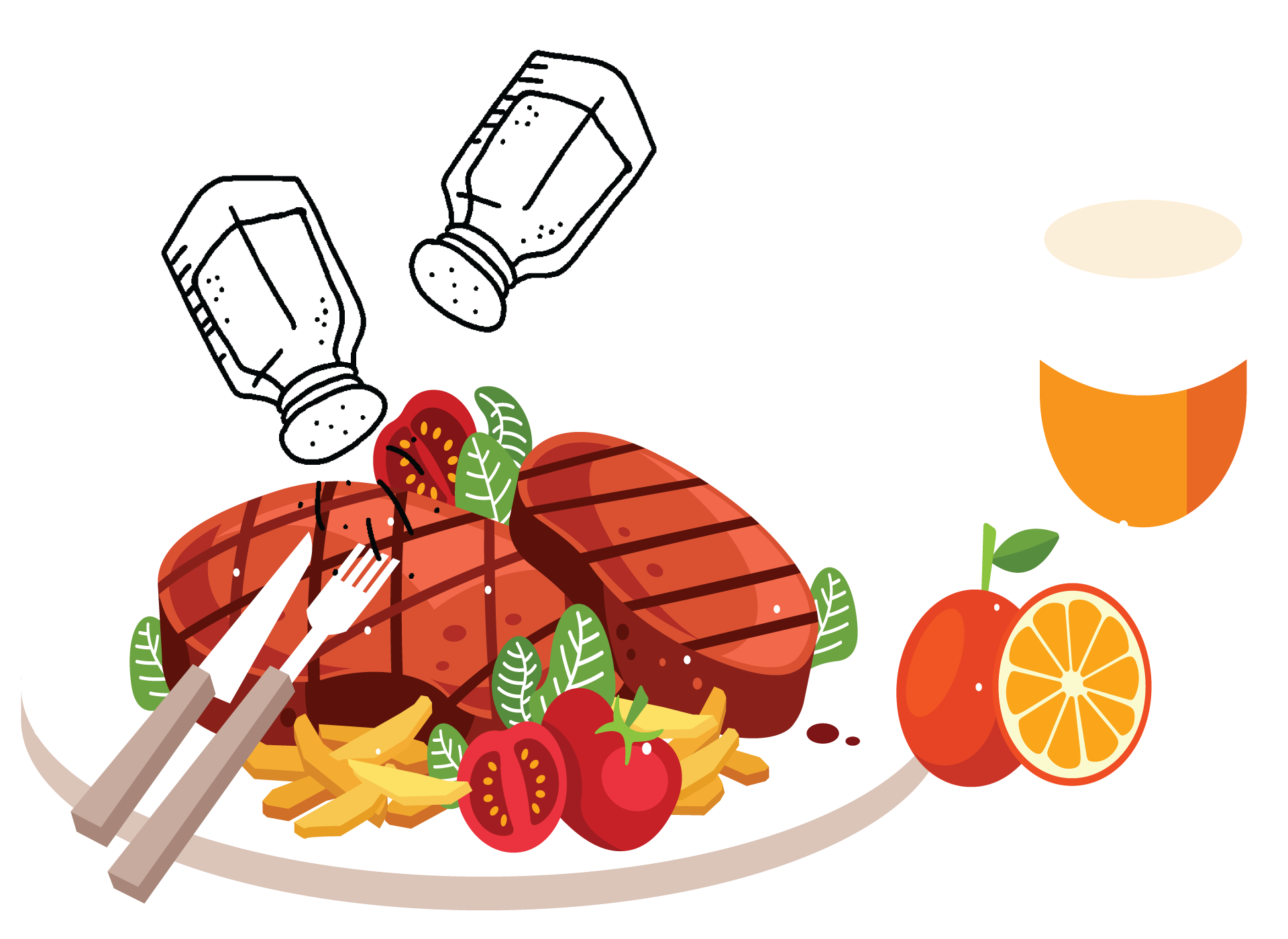
Himalayan Salt Recipes Incorporate New Flavors into Your Cooking
Unlike Himalayan salt, pickling salt usually does not contain radioactive elements. Best salt for sauerkraut. Salt is an important ingredient while making sauerkraut and pickled vegetables. I like to use unrefined sea salt or anything labelled as pickling or canning salt, but you can use any sea salt, Himalayan salt, or kosher salt.

Himalayan Salt vs Pickling Salt Interchangeable? Miss Vickie
Not really. We don't recommend using Himalayan salt [ 1] for pickling because its mineral content could potentially affect the quality of the product. While this unique salt boasts a distinctive mineral-rich profile, there may be better choices for pickling purposes. Its subtle flavors could overpower the delicate balance of pickled creations.

Uses of Himalayan Pink Salt Why It is Different from other Salts?
Yes, pink Himalayan salt is a great option for pickling beets. Its mineral content can help preserve the vibrant color and natural flavor of the beets, resulting in a delicious and visually appealing dish. 2.

Specialty Salts, Like Himalayan Salt, Are Not As Healthy As You May Think
Pickling Salt - Pickling salt is a type of sodium chloride typically used for pickling food. It's made with a low mineral content and fine grain size, which allows it to dissolve quickly into pickling liquid and prevents clumping. It's ideal for preserving vegetables, eggs, or other ingredients. Himalayan Salt - Himalayan salt is a type.
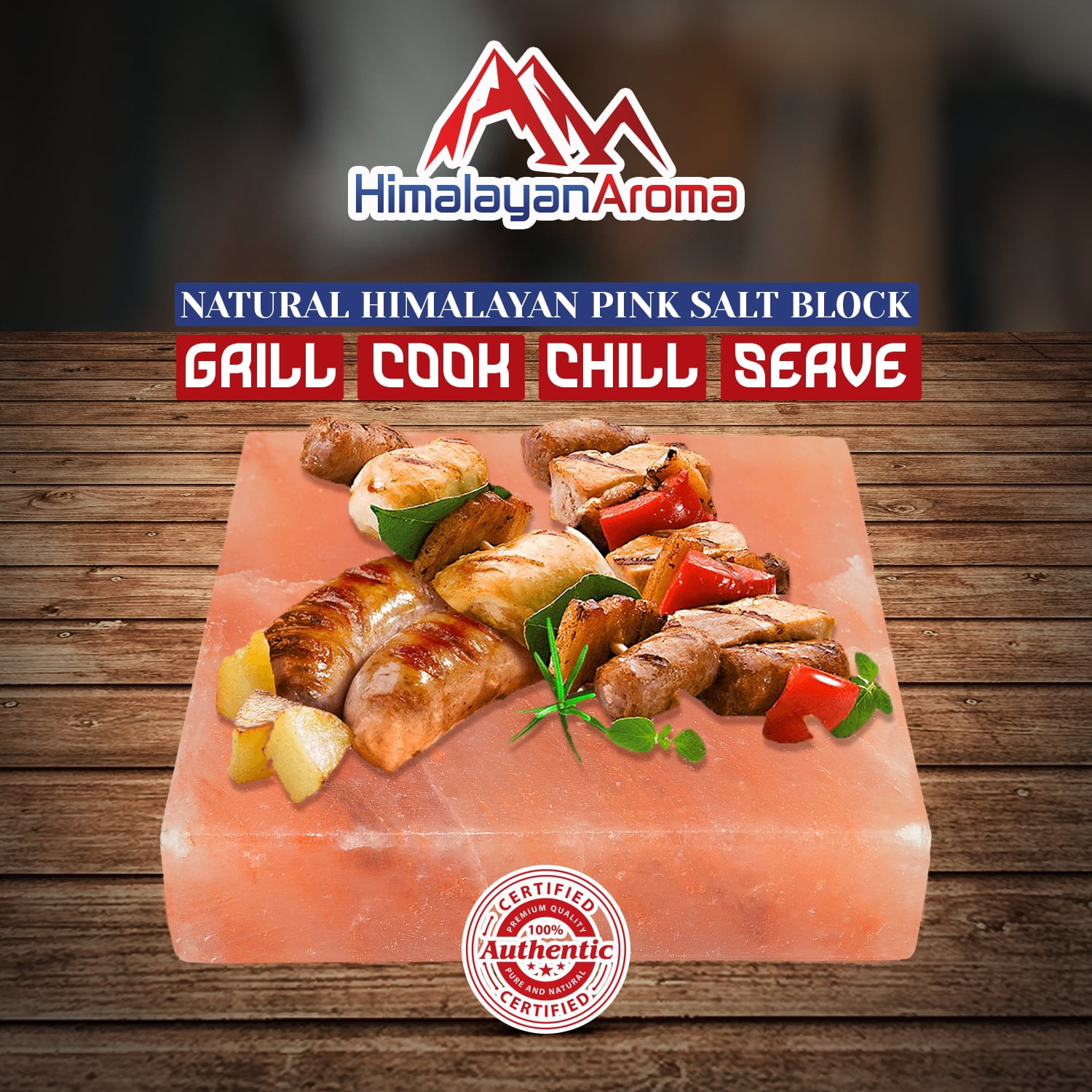
Himalayan Aroma Himalayan Salt Block Cooking Plate, Perfect for
Why Use Salt? Salt is used to create the brine in which vegetables ferment. For sauerkraut, salt pulls water out of the cabbage to create an environment where the good bacteria (mainly lactobacillus) can grow and proliferate and the bad bacteria can die off.. For brined vegetables (e.g., cucumber pickles), the water from inside the cucumber will flow out until the water inside the cucumber and.

Soeos Himalayan Pink Salt 2lbs (32oz), Coarse Grain, Natural Pure Rock
Yes, Himalayan salt is rich in minerals such as calcium, magnesium, and potassium, which can provide added health benefits when used for pickling. These minerals can contribute to a more nutrient-rich diet. 6. What are some examples of pickling recipes that work well with Himalayan salt? Pickled vegetables such as cucumbers, carrots, and onions.
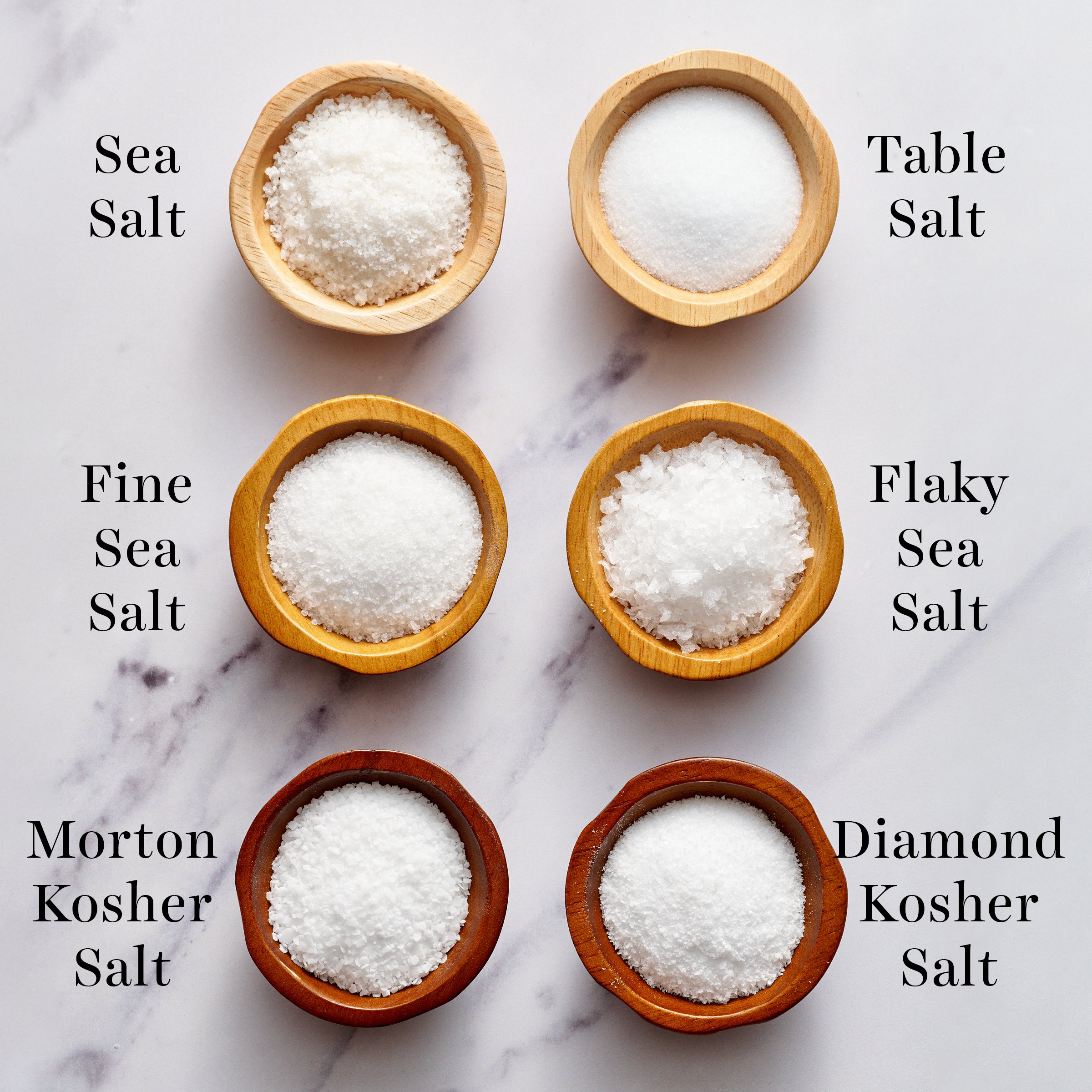
Table Salt Vs Kosher For Brining Meat Dopamine Levels In The Brain
Do use Himalayan salt blocks for cooking (called salt block cooking) and serving. Do use Himalayan pink salt for a subtler salt flavor. Do use Himalayan pink salt for its texture. Don't use Himalayan pink salt as a nutritional supplement. Don't use Himalayan pink salt as a low-sodium alternative. Must-read related posts.